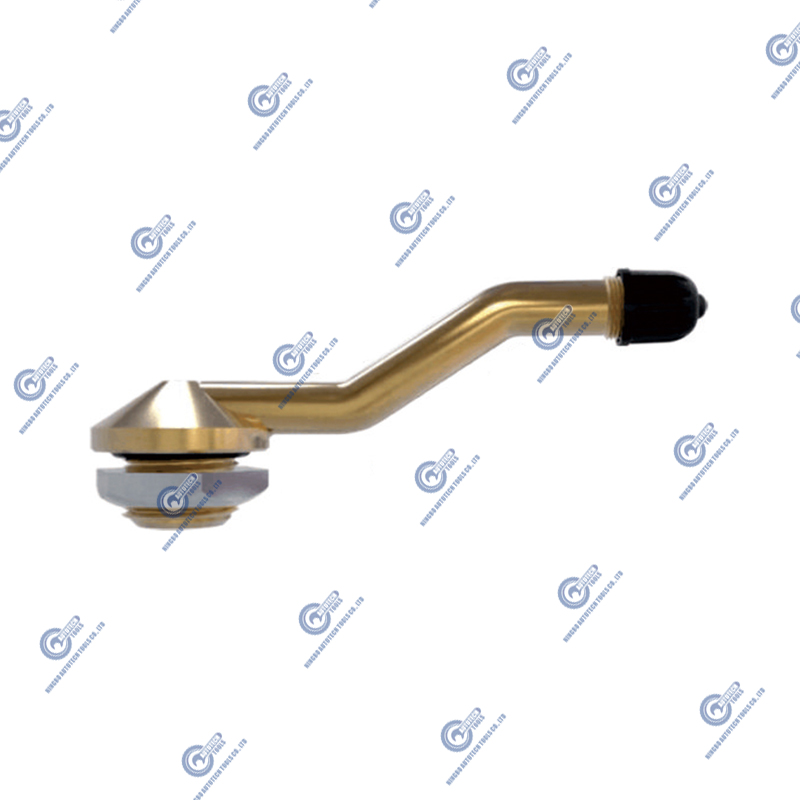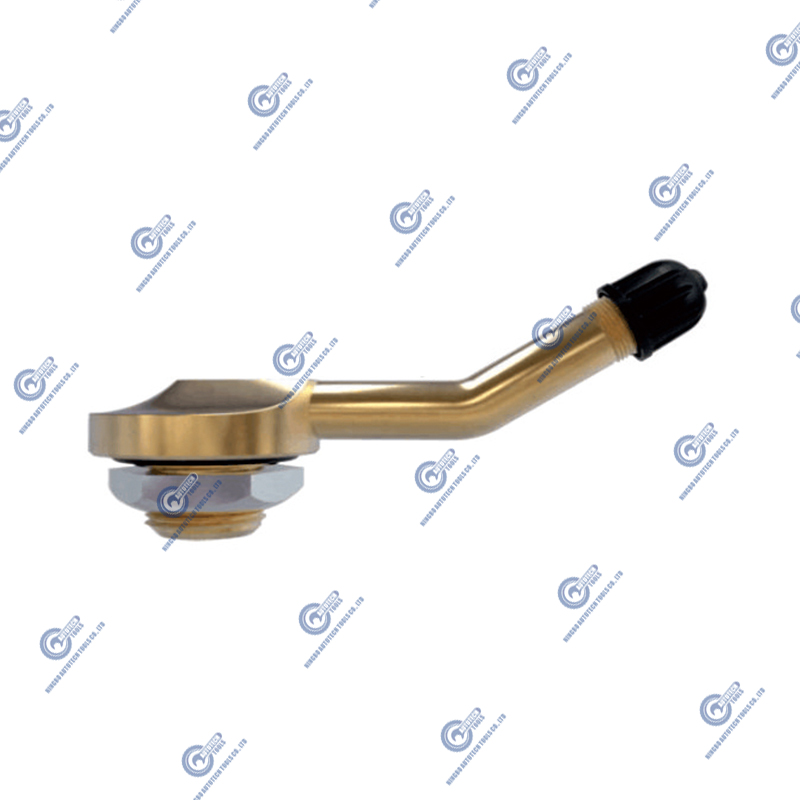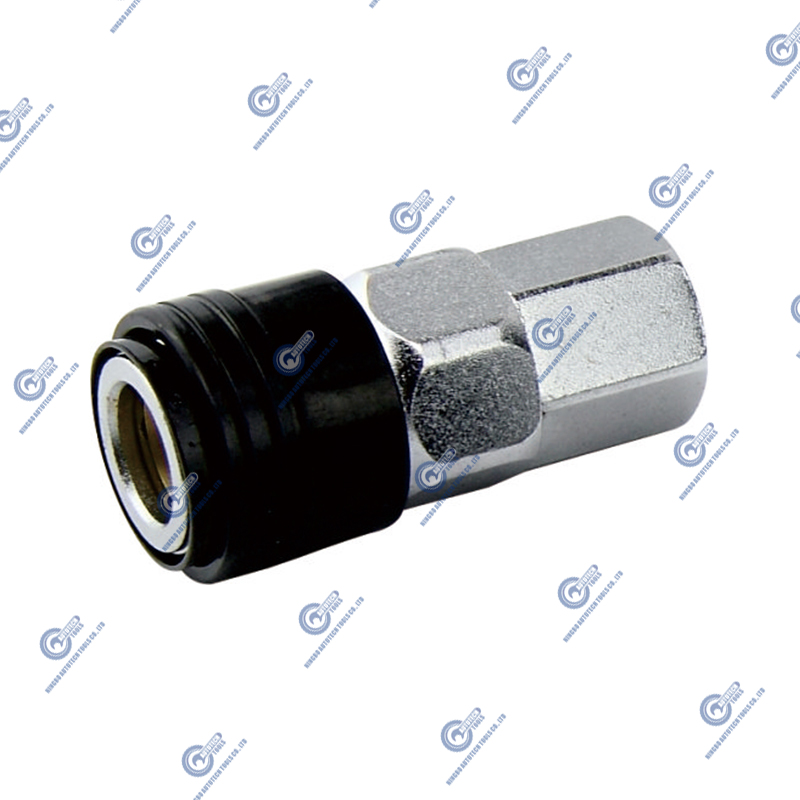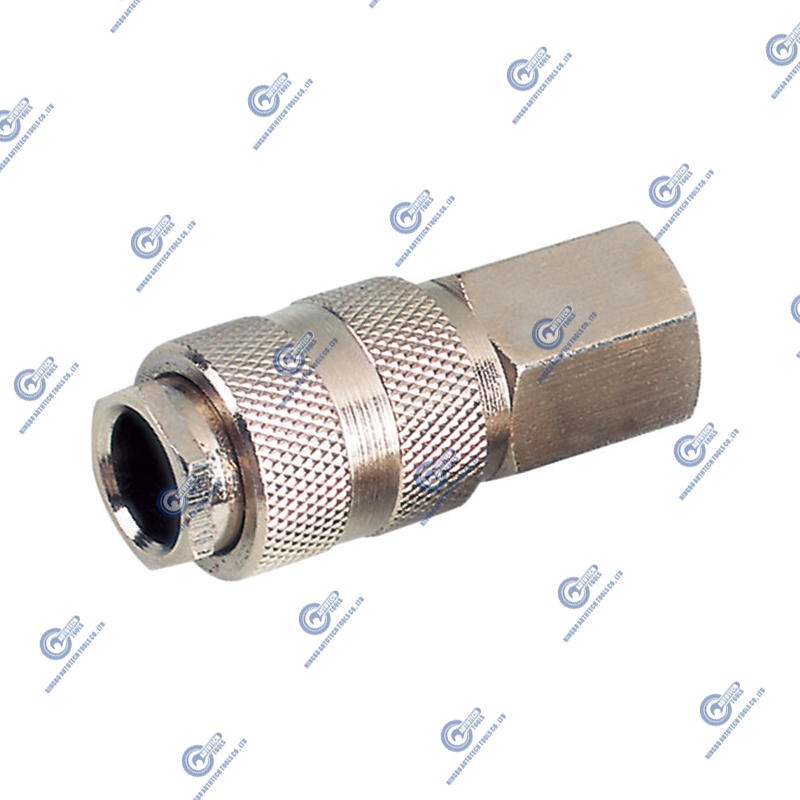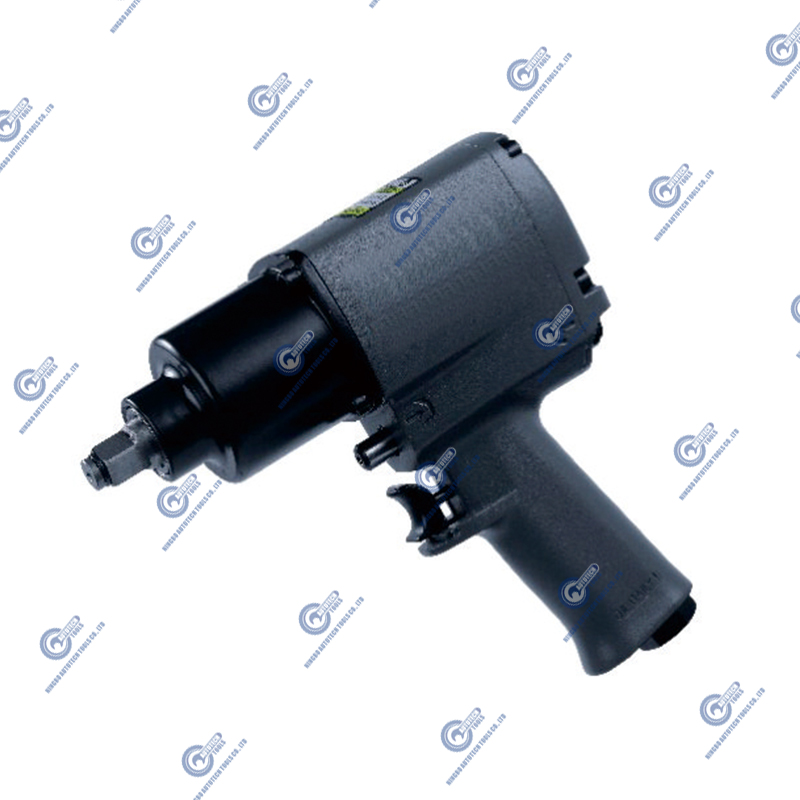What Are Tire Valves and Why Are They Important for Your Vehicle?
 2025.11.03
2025.11.03
 Industry news
Industry news
Tire valves may seem like small, insignificant parts of your vehicle, but they play a crucial role in maintaining tire performance, safety, and fuel efficiency. Whether you’re a daily driver or a car enthusiast, understanding tire valves can help you prevent costly repairs and avoid potential safety hazards.
1. What Are Tire Valves?
Tire valves are devices that allow air to enter or exit a tire while preventing it from escaping unintentionally. Every tire is equipped with a valve, typically located on the rim, which serves as the point of inflation and deflation.
There are several types of tire valves commonly used today:
- Schrader Valve: The most common type, used in most cars and trucks.
- Presta Valve: Slimmer, often found on bicycles and some sports vehicles.
- TPMS Valve: Integrated with Tire Pressure Monitoring Systems, found in modern vehicles, transmitting tire pressure data to the dashboard.
Tire valves are usually made of durable metal or rubber and come with a cap to protect them from dust and debris. Despite their small size, they are essential for maintaining the correct tire pressure.
2. Why Tire Valves Are Important
Maintain Proper Tire Pressure
The main function of a tire valve is to maintain air pressure inside the tire. Correct tire pressure ensures optimal traction, handling, and braking performance. Low or inconsistent tire pressure can lead to uneven tire wear, reduced fuel efficiency, and longer stopping distances.
Prevent Air Leaks
A faulty valve can cause slow leaks, leading to underinflated tires. Over time, underinflated tires can compromise driving safety and increase the risk of tire blowouts.
Enhance Vehicle Safety
Properly functioning valves reduce the risk of accidents caused by sudden tire deflation. In addition, modern TPMS valves alert drivers when pressure is too low, helping prevent unsafe driving conditions.
Support Fuel Efficiency
Underinflated tires increase rolling resistance, which forces the engine to work harder and consume more fuel. Maintaining valve integrity and tire pressure helps save fuel and reduces carbon emissions.
3. Signs Your Tire Valve Needs Attention
It’s important to know when a tire valve is failing. Common signs include:
- Air Leaks: A hissing sound from the valve indicates escaping air.
- Cracks or Damage: Rubber stems may crack over time, leading to leaks.
- Difficulty Inflating Tires: If air doesn’t flow smoothly into the tire, the valve may be blocked.
- TPMS Warning Lights: Modern cars will alert you when pressure drops unexpectedly.
Ignoring these signs can compromise safety and tire longevity.
4. How to Maintain and Replace Tire Valves
Proper maintenance can extend the life of your tires and valves:
- Inspect Valves Regularly: Check valves during tire rotations or oil changes.
- Replace Caps: Valve caps protect against dirt, moisture, and debris.
- Change Valves When Needed: Consider replacing valves when you get new tires, especially if they are old or damaged.
- Consult a Professional: If unsure about valve condition, a certified mechanic can inspect and replace them safely.




